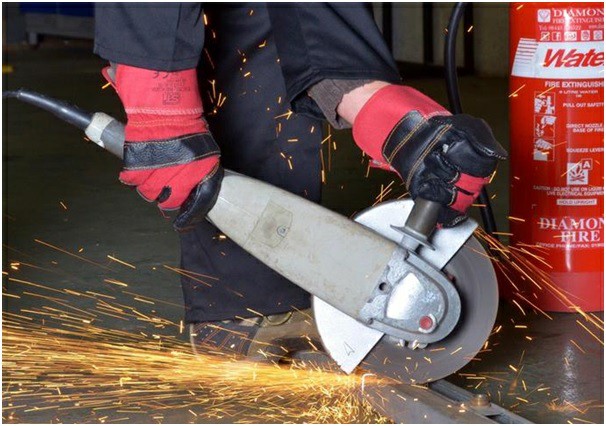Minimizing Hazards: The Ultimate Guide to Safe Practices with Abrasive Wheels
Abrasive wheels are essential for many industrial applications, allowing workers to cut, grind, and polish materials efficiently. However, when mishandled, they can pose significant safety risks. Understanding these risks and implementing robust training programs is vital for workplace safety. This guide explores common hazards, the importance of Abrasive Wheels training, and proven strategies to prevent accidents.
Common Safety Risks Associated with Abrasive Wheels
Even with their utility, abrasive wheels can lead to severe accidents if not used correctly. Here are some key safety risks:
- Wheel Breakage: Abrasive wheels can fracture under stress, causing shards to fly at high speeds, posing risks to workers nearby.
- Improper Mounting: If wheels are not correctly mounted or aligned, they can become unstable during operation, increasing the likelihood of accidents.
- Incorrect Usage: Using the wrong wheel for specific materials or applications can result in excessive wear or failure.
- Inappropriate Personal Protective Equipment (PPE): Failure to use suitable PPE, such as goggles, gloves, or face shields, exposes workers to injury from debris or dust.
The Importance of Proper Training
Training is the cornerstone of workplace safety. Proper Abrasive Wheels training equips workers with knowledge and skills necessary to identify hazards, operate equipment correctly, and respond to emergencies. Key benefits of training include:
- Enhanced Awareness: Employees learn to recognize potential dangers associated with abrasive wheels and how to mitigate them effectively.
- Correct Usage Techniques: Training programs emphasize the proper handling and usage guidelines to prevent incidents.
- Emergency Response: Workers are trained to react appropriately during accidents, minimizing injuries and damage.
Real-Life Case Studies: Success Through Training
There are numerous instances where proper training has helped prevent serious injuries. Consider the following case studies:
- Case Study 1: In a manufacturing facility in Dublin, workers were trained on the correct handling of abrasive wheels. Shortly after, an employee noticed incorrect mounting during a routine inspection, preventing a potential wheel breakage incident that could have led to severe injuries.
- Case Study 2: A construction firm in Cork implemented a certified Abrasive Wheels course for its operators. After completing the training, a worker immediately recognized an inappropriate wheel for a specific task, averting a dangerous scenario of wheel failure under pressure.
Best Practices for Risk Mitigation
Implementing best practices can dramatically reduce the risks associated with abrasive wheels:
- Conduct Risk Assessments: Regularly evaluate workspaces and practices to identify potential hazards related to abrasive wheels.
- Routine Safety Inspections: Establish a schedule for checking equipment and safety measures, ensuring everything is in working order.
- Encourage Reporting: Cultivate a workplace culture where employees can report unsafe conditions without fear of reprimand.
- Invest in Certified Training Programs: Ensure that workers are enrolled in accredited Abrasive Wheels training courses, whether in-person or through Abrasive Wheels online courses.
Conclusion
Workplace safety should never be compromised. The risks associated with abrasive wheels highlight the critical need for proper training and adherence to safety protocols. By investing in certified Abrasive Wheels training, including options like the Abrasive Wheels course online, businesses in Dublin, Cork, and Galway can protect their employees while fostering a culture of safety. Don't wait for an accident to happen; enroll today and make safety your priority!
For more information or to enroll in our Abrasive Wheels safety course, contact us at [email protected].



 349,500 Offered Certificates
349,500 Offered Certificates
 24/7 Online Training
24/7 Online Training
 Money Back Guarantee
Money Back Guarantee
 Fully Accredited Courses
Fully Accredited Courses
